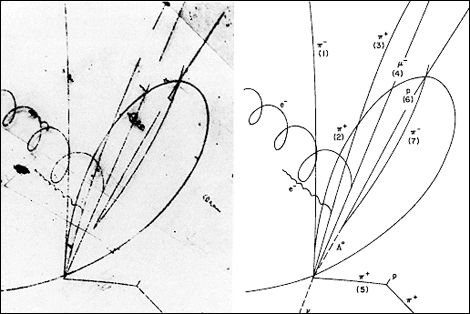A Critical Analysis of “Toward a Theory of Architecture Machines” by Nicholas Negroponte
This article by the well-known technological advocate Nicholas Negroponte was published in 1969 in the Journal of Architectural Education. It essentially posits that as computers become more advanced they will achieve the capability to learn and to find their own methods of solving architectural problems. The view of the author is that architects are incapable of solving these problems for themselves since they are either too large and complex, or too small and insignificant. After highlighting some of the known qualities of the computers of the day (they are formidable clerks), Negroponte establishes five mechanisms that could result in a computer achieving what we know as “artificial intelligence”. His learning machine would be capable of applying its early lessons, evaluating them with the assistance of humans, and then repeating only successful actions. The computer would eventually assume the role of the “master designer”, working 24 hours a day alongside the human architect whose function has become interpreting the computer’s instructions to other humans for construction.
Negroponte then takes his theory of the “thinking” computer one step further by giving it the sensory capacity to become what he considers a “seeing” machine. He breaks this concept down into three stages: the event, the manifestation and the representation. Essentially the computer senses the event (a broad category presumably including reading plans and conversing with clients) and inputs the information as a manifestation before churning out a response. If it is beginning to seem like Negroponte’s vision of the future consists of androids behaving exactly like humans, that’s because it is. He imagines the “architecture machine” wandering about the city absorbing information. Understanding the limited computing power of the present, Negroponte suggests that a computer may first observe a human building 10 block castles and construct the 11th of its own design. Similar to engineers designing buildings, this is a prospect that must surely make all practising architects shudder.
The eager and optimistic prediction that computers can receive their high school lessons from a human and then become functioning architects with artificial intelligence has not yet come true, despite the many years of Moore’s law transistor evolution. Perhaps this article should be read as an ironic critique of architecture during modernism rather than as an honest vision of technological utopianism. Certainly there are limitations to what a single architect can accomplish, but that is why architects now form teams where the weaknesses of one are offset by the strengths of the others. Architects working with digital tools are capable of producing far more complex and responsive solutions than ever before, but this can only come along with an understanding of the processing structure of the computer’s brain. It is interesting to note that Negroponte never mentions the word “nature” in his piece, since in an apparent paradox, the clerk-like processing ability of computers has enabled humans to emulate the logics found in the work of the greatest designer of all.
The Line of Research
To that end it may be appropriate to analyze some of the great accomplishments achieved by the human mind in the realm of quantum mechanics (also known as the study of the way things really are). The creative power of great minds in physics, such as Bohr, Einstein, Gell-Mann and Hawking, deserves to be understood by architects who are by nature fascinated by abstractions of reality. There is no place more abstract than the multi-dimensional mathematical universe constructed by the beautiful equations of physicists. Therefore it is worth noting that while a computer randomly outputting characters could eventually write E=mc², its true usefulness is that of a tool; although one so powerful it can demolish our preconceived illusions of the universe like so many walls surrounding us.

